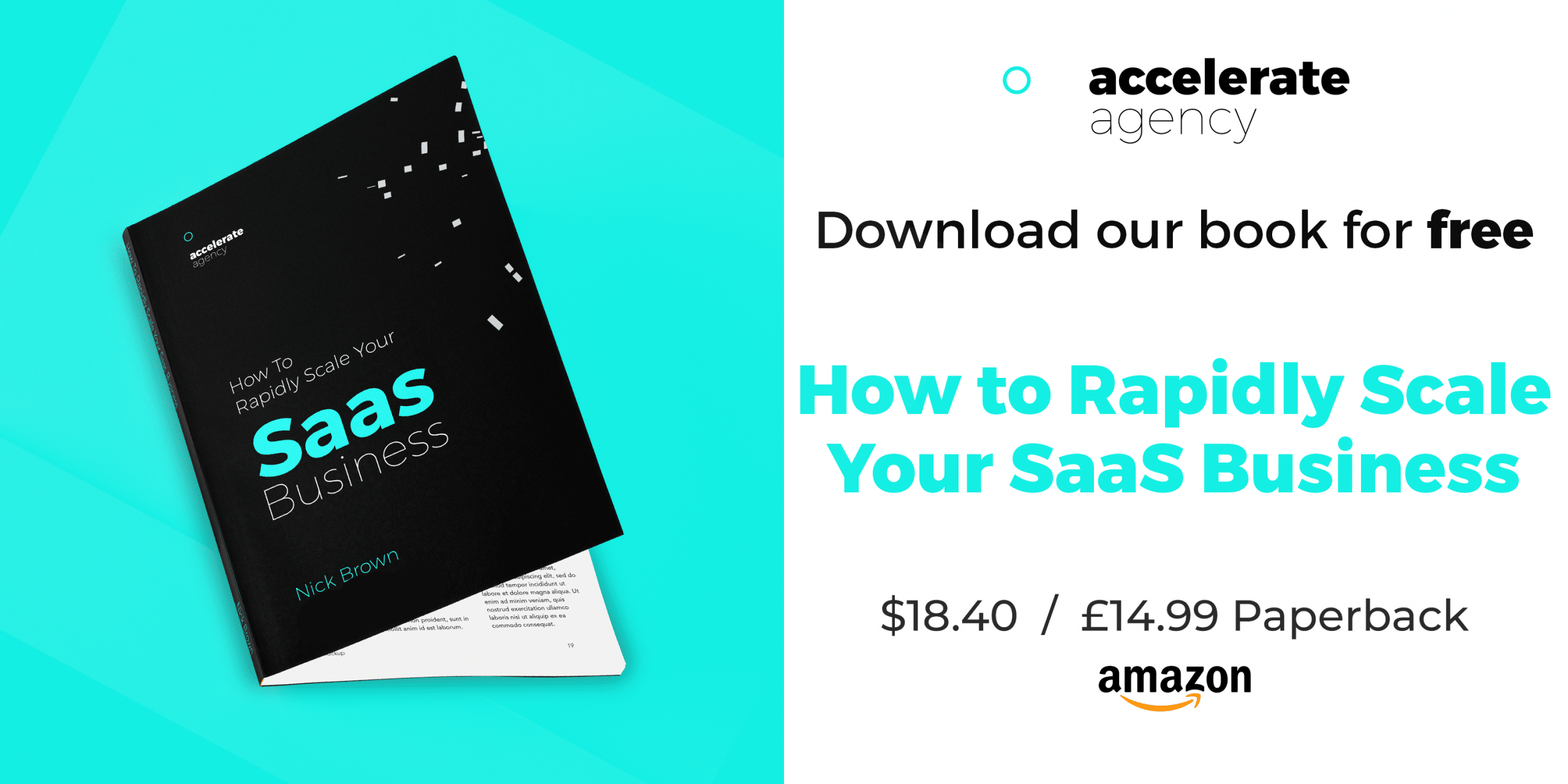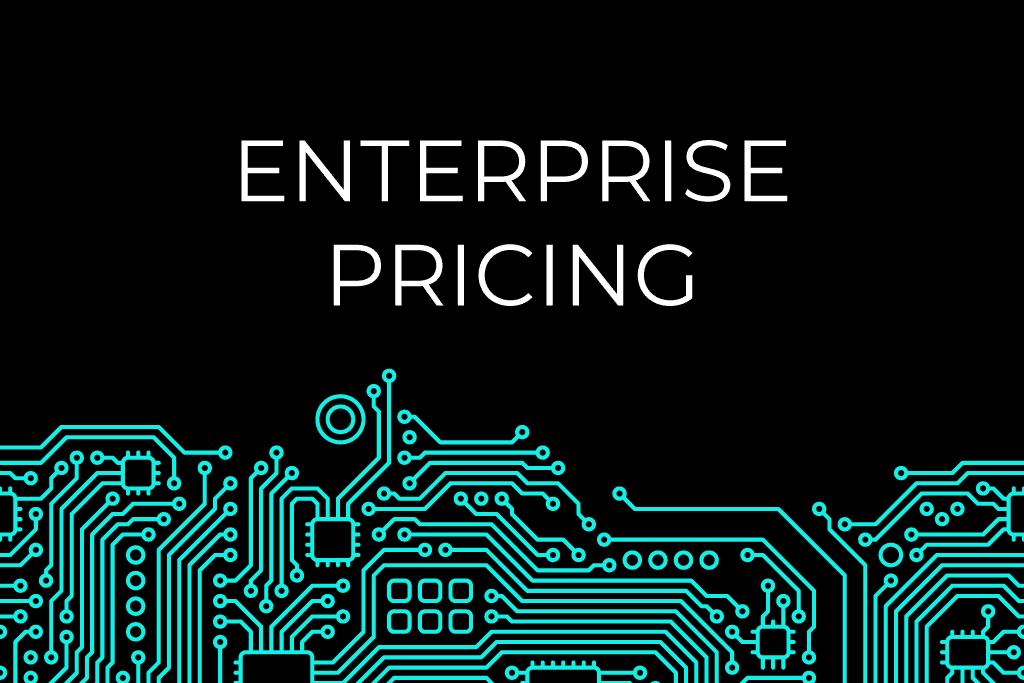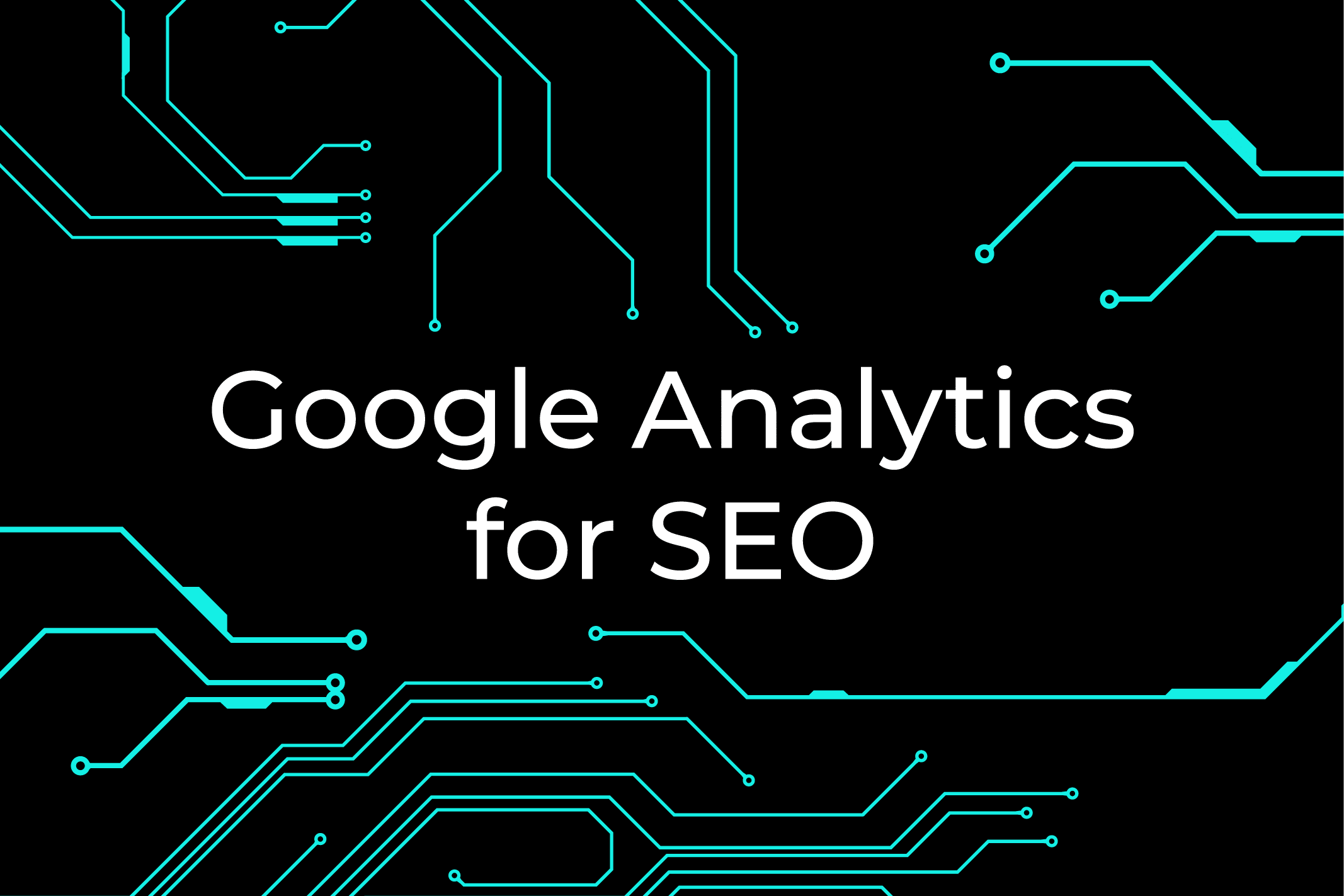The Expert Guide to SaaS Lead Scoring for Supercharged Sales
When it comes to growing your SaaS business, lead generation is only half the battle. Those leads still need to be converted.
If you’ve got leads, whether they’re from free trials or demo requests, you’re doing something right, but how can you communicate the quality of those leads effectively to your sales team and ensure the best opportunities are converted?
This is where lead scoring comes in. By building a set of rules and a process through which you can analyze your leads, rank them, and give your sales team the tools they need to convert prospects, you can quickly reap the benefits.
If you’re unfamiliar with lead scoring, this guide will arm you with all the information you need to know.
To help you find what you’re looking for right away, here’s what we’ll cover with links to the relevant sections:
Why is lead scoring important for SaaS businesses?
Identify customers who will convert to buyers
Traditional vs predictive lead scoring
What are SaaS lead scoring factors?
How to create a SaaS lead scoring model
What is lead scoring?
When your business gets inbound leads, you’ll need to figure out which of these to prioritize based on how likely you are to convert these into customers. Lead scoring is the process of evaluating leads, assigning values to them based on a selection of factors, and ranking them by their likelihood to convert.
Lead scoring acts as a vital marketing strategy to drive the sale of your SaaS tools and a bridge between your marketing and sales teams. Marketers generate leads to be passed on to sales, but if these prospects haven’t been scored, sales could end up wasting time on poor-quality leads.
Why is lead scoring important for SaaS businesses?
Lead scoring is an essential part of the sales funnel, and this is no exception for SaaS companies. It allows them to:
Identify customers who will convert to buyers
In the SaaS industry, your best quality leads will be those prospects who have requested demos, sent inquiries, or signed up for free trials or a freemium account, as these consumers have already expressed an interest in your service. Lead scoring allows sales teams to identify these customers and prioritize them.

Make sure to rate highly those prospects who come into contact with a wealth of touchpoints, such as your website, social media, customer support. Customers on a free trial are much more likely to convert when they’ve had more contact with your sales and marketing teams.
Reserve a Consultation
Informed sales and marketing teams
Lead scoring doesn’t only rank leads based on their likelihood to convert. It provides lots of useful information to sales and marketing teams so that they can target potential customers appropriately.
Information gathered and included in lead scoring might consist of the customer’s team and account size, the frequency of their product usage, and their needs. Not only does this help the sales team identify the best opportunities, but it also gives them the information needed to provide appropriate pricing plans and offers to that customer.
Lead scoring is just one of many marketing strategies that every SaaS business should implement. To equip yourself with more valuable SaaS marketing strategies, you can download our ebook here.

Traditional vs predictive lead scoring
Traditional and predictive lead scoring both use data to define and rank leads. You might be wondering then, what is the difference between traditional and predictive lead scoring, and does it matter?
Traditional lead scoring is when marketers perform lead scoring manually using data available to them. SaaS lead scoring models typically use the following data:

- Explicit data is data shared with you via forms when a customer signs up for emails, a demo, or free trial. This includes personal information such as their name, email address, and company name.
- Implicit data is the data that you can discover using the explicit data provided. Using search engines or intelligence platforms, you can use a company name or email address to find out a company’s size, industry, number of employees, location, website address, and social media accounts. Some SaaS businesses ask for this information when customers sign up for a free trial.
- Behavioral data is collected based on how a potential customer interacts with your product. For example, if they signed up for a free trial, you could analyze how often they sign in, how long they spend using the software, and how many people are using the account.
Marketers collect and analyze this data to score a lead based on their lead scoring factors (more on that below).
This data is also valuable beyond lead scoring, as it will contribute to other marketing efforts, such as developing a robust content strategy for SaaS businesses. It helps marketers identify their target audience, based on who’s opting for free trials and demos and what sort of content they’ll value, from information gathered on how the product is being used.
The main difference between traditional and predictive lead scoring is the extent to which humans are involved. Unlike traditional lead scoring, predictive lead scoring uses AI and machine learning to collect data, organize and analyze leads, assign them scores, and rank them.
Predictive lead scoring can use other information, too, such as the data of previous customers who did or didn’t convert. By identifying factors that led to successful lead conversions based on historic leads, predictive lead scoring delivers accurate results.
So, which is best for your SaaS business, traditional or predictive leading scoring? Here are the pros and cons to consider.
|
Traditional Lead Scoring |
Predictive Lead Scoring |
|
Pros |
|
|
Control. With traditional lead scoring, you have complete control over the data you collect, your lead scoring factors, and how you present it to your sales teams. This means you can constantly refine and update your lead scoring model as your business changes. Integration. Marketers who use traditional lead scoring can easily integrate their model and results with their sales team’s customer relationship management (CRM) platform. |
Time-saving. Your marketers don’t need to spend time collecting implicit and behavioral data and organizing, analyzing, and ranking leads. Lead scoring software does it all for you. Accurate. By collecting far more data than traditional lead scoring, predictive lead scoring provides the most accurate data about your leads and can rank them intelligently. |
|
Cons |
|
|
Time-consuming. Collecting data, organizing and analyzing it, and ranking it according to lead scoring factors takes time and effort and can take your marketers away from focusing on generating and converting leads. No big picture. Collecting historical data and comparing leads across the SaaS industry is a huge task for marketers and isn’t usually included in traditional lead scoring, meaning they may miss the big picture when ranking leads. |
Backward-looking. Predictive lead scoring focuses on past data, so it may not provide accurate intel as your business moves forward and changes. Less control. Unless you build a predictive lead scoring tool yourself, you sacrifice control and flexibility over the data being collected, the factors used to rank it, and how the results are presented. |
What are SaaS lead scoring factors?
If you’re creating your own lead scoring model, you’ll need to consider what factors you’ll use to rank your leads. Lead scoring factors are the criteria for each lead’s score and will determine how high priority a lead is.
Here are some factors your SaaS marketing team may want to include:

- Customer fit. How well does your software fit this customer’s needs? Is the company B2B or B2C, and for which is your software better suited? If you’re able to solve a problem for prospects, these are more likely to be scored as a high-quality lead.
- Opportunity size. Lead scoring helps marketing and sales teams identify where the biggest opportunities are, such as a high-value sale to a company with lots of software needs, so that these can be prioritized.
- Budget. Including the leads budget in scoring means you can equip your sales team with crucial information about how much the customer is willing to spend. This means the sales team can target them with appropriate pricing plans.
- Level of engagement. Behavioral data such as engagement levels will help marketers and sales teams ascertain how likely a customer is to convert based on information like how often they use the software demo and their email open and click-through rates.
- Contact with decision-maker. Marketers can use implicit data to find out if the person who’s signed up for a free trial or a demo is the decision-maker at their company. If not, they may not rank as highly on the lead scoring model.
How to create a SaaS lead scoring model
Creating a SaaS lead scoring model requires knowing what data you have available to you, what data you need, and which factors are particularly important to your business. Determine what your factors are and assign points based on this.
A SaaS lead scoring model might look something like this:
| Characteristic | Lead Input |
Score |
| Company Role |
C-level executive |
15 |
|
Project Manager |
10 | |
| Director |
10 |
|
| Assistant |
0 |
|
|
Department |
IT |
15 |
| Finance |
10 |
|
| Marketing |
0 |
|
| No. of Employees |
1000+ |
5 |
| 500-999 |
15 |
|
|
100-499 |
10 | |
| 50-99 |
5 |
|
|
1-50 |
0 |
The score you allocate to each lead will depend on your business’s ideal customer profile and the standard sales process your company uses. There’s no one size fits all approach to lead scoring. Instead, you’ll need to analyze your sales and marketing processes to create the appropriate rules, grading, and scores for your model.
Want more advice on how your marketing team can boost sales and refine their strategy through SaaS SEO?


